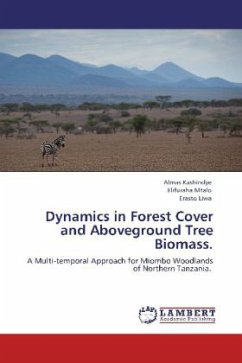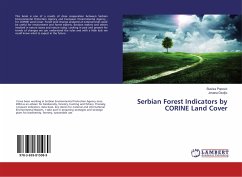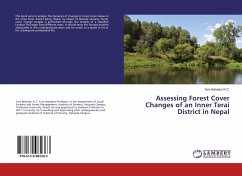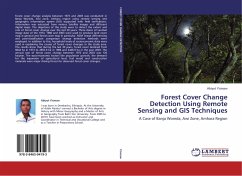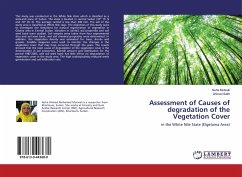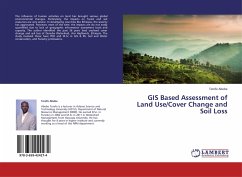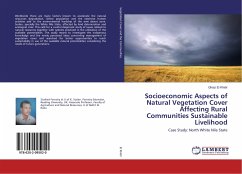Land use and land cover changes have been cited as one of the factors contributing to global climate change. Moreover Land use and land cover changes are good indicators of overall landscape change, because they affect the ecology and economic viability of human being. The application of remote sensing in Forest cover changes and biomass studies have been envisaged as an alternative to field based forest inventories and observations which tend to be limited to small sampling over continuous spatial dimension, therefore the information needed in the unsampled areas have to be obtained by interpolation techniques. This work tries to tackle the difficulties assorted with ground data capture in vast Miombo woodlands of Tanzania through the use of geoinformatic techniques as decision tool in addressing challenges of land use and land cover changes.
